Search Images
Browse Content (p. 1316)
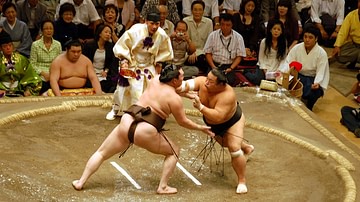
Image
A Sumo Wrestling Bout
A sumo wrestling bout where many of the pre-contact rituals derive from Shinto practices.
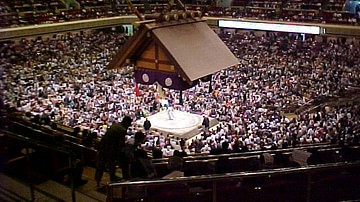
Image
Ryogoku Sumo Hall, Tokyo
The Ryogoku Sumo Hall, Tokyo.
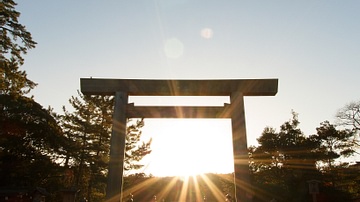
Image
Torri, Ise Grand Shrine
The torii or sacred gate at the wooden Uji Bridge at the Ise Grand Shrine, sacred to the Shinto goddess Amaterasu. The shrine was first built in 4 BCE and since the 7th century CE the bridge and torii at either end have been rebuilt exactly...
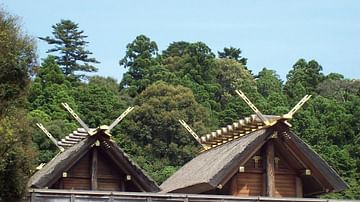
Image
Naiku, Ise Grand shrine
The Naiku shrine at the Ise Grand Shrine, sacred to the Shinto goddess Amaterasu. The shrine was first built in 4 BCE and since the 7th century CE it has been rebuilt exactly every 20 years. Mie Prefecture, Japan.
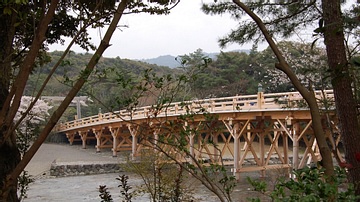
Image
Uji Bridge, Ise
The wooden Uji Bridge at the Ise Grand Shrine, sacred to the Shinto goddess Amaterasu. The shrine was first built in 4 BCE and since the 7th century CE the bridge has been rebuilt exactly every 20 years. Mie Prefecture, Japan.
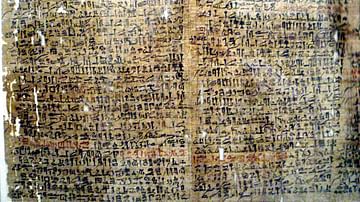
Image
The Westcar Papyrus (Detail)
Sheets of the Westcar Papyrus, Egyptian, date disputed. (Altes Museum, Berlin)
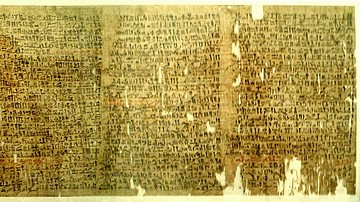
Image
The Westcar Papyrus
Sheets of the Westcar Papyrus, Egyptian, date disputed. (Altes Museum, Berlin)
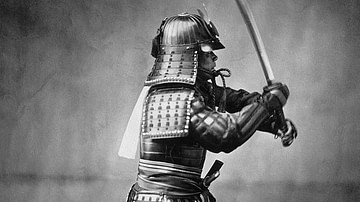
Image
Samurai
A photograph of a samurai warrior c. 1860 CE.

Image
Samurai on Horseback
A 16th century CE print showing a samurai on horseback. From the Night Attack on Yoshitsune.
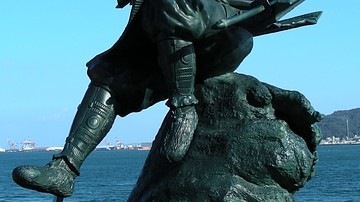
Image
Yoshitsune
A modern statue of the legendary samurai Yoshitsune (1159-1189 CE). Mimosusogawa Park, Shimonoseki, Japan.